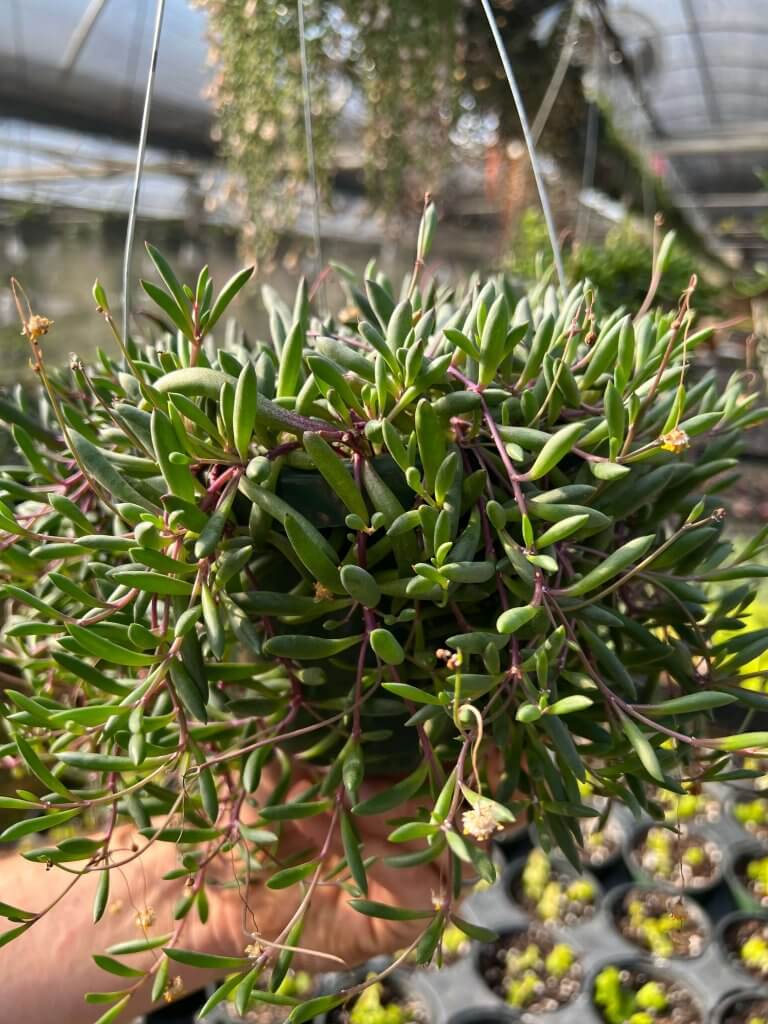Houseplants with Heart Shaped Leaves
The hustle and bustle of the holidays are behind us and it’s time to slow down and reflect on what we hold dear…and who (or what) we love most. Valentine’s Day is not just for lovers! This special, slower time of year gives us plenty of opportunities to say “thank you”. A gift of a living plant with heart shaped leaves can make anyone feel loved and appreciated. Here are a few of our favorites:
Heart Fern

This tropical plant makes a lovely houseplant. Deep green, shiny, heart-shaped leaves grow on short fuzzy stems. The dwarf growth habit of the Heart Fern makes it a perfect choice for small spaces. This plant loves consistent moisture and can happily be planted in an enclosed terrarium.
• Light: Medium to bright indirect light
• Water: Loves even moisture Water when the top 1″ of soil feels barely moist
• Considerations: Take care not to let the plant dry out!
Philodendron
There are a plethora of Philodendron varieties, many of which of heart shaped leaves. Philodendron have been houseplant favorites for decades because the plants adapt readily to conditions inside the home.
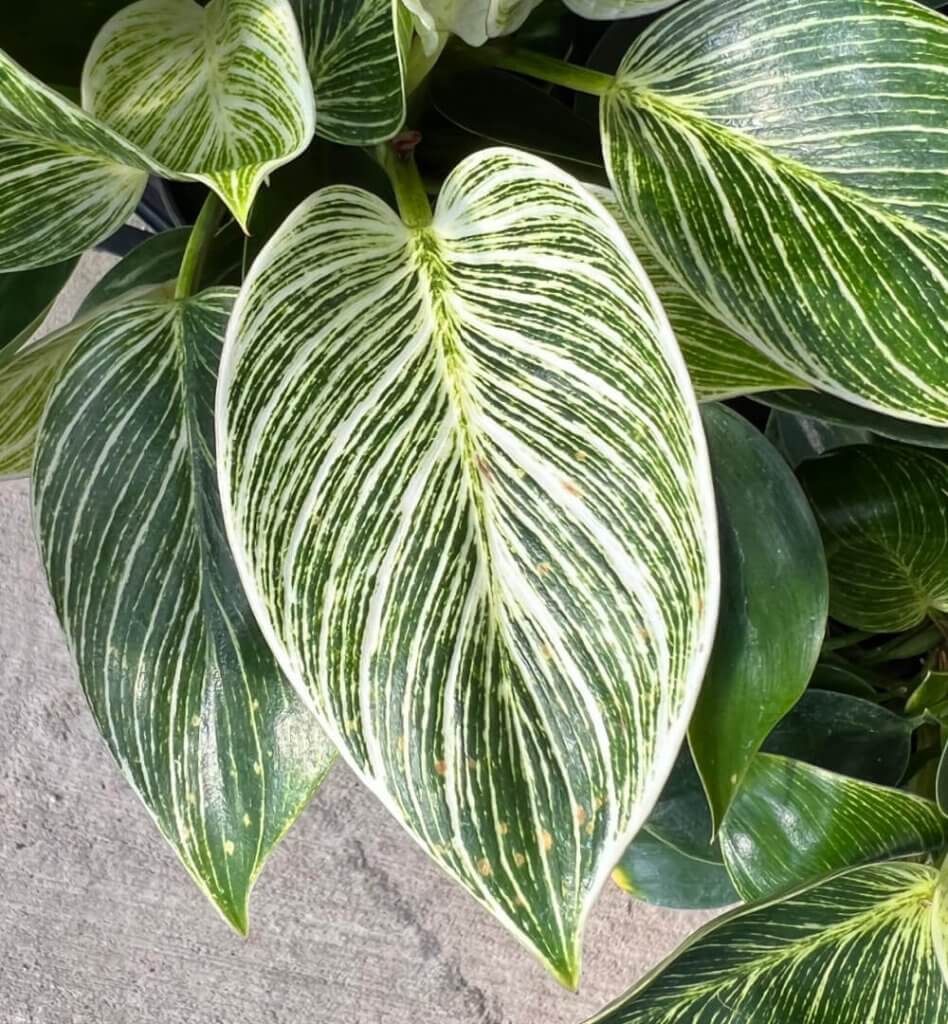
There are both vining and non-climbing varieties of Philodendron. Vining philodendrons need a plant pole or supporting structure to climb on. Non-climbing philodendrons usually have an upright, spreading growth habit.
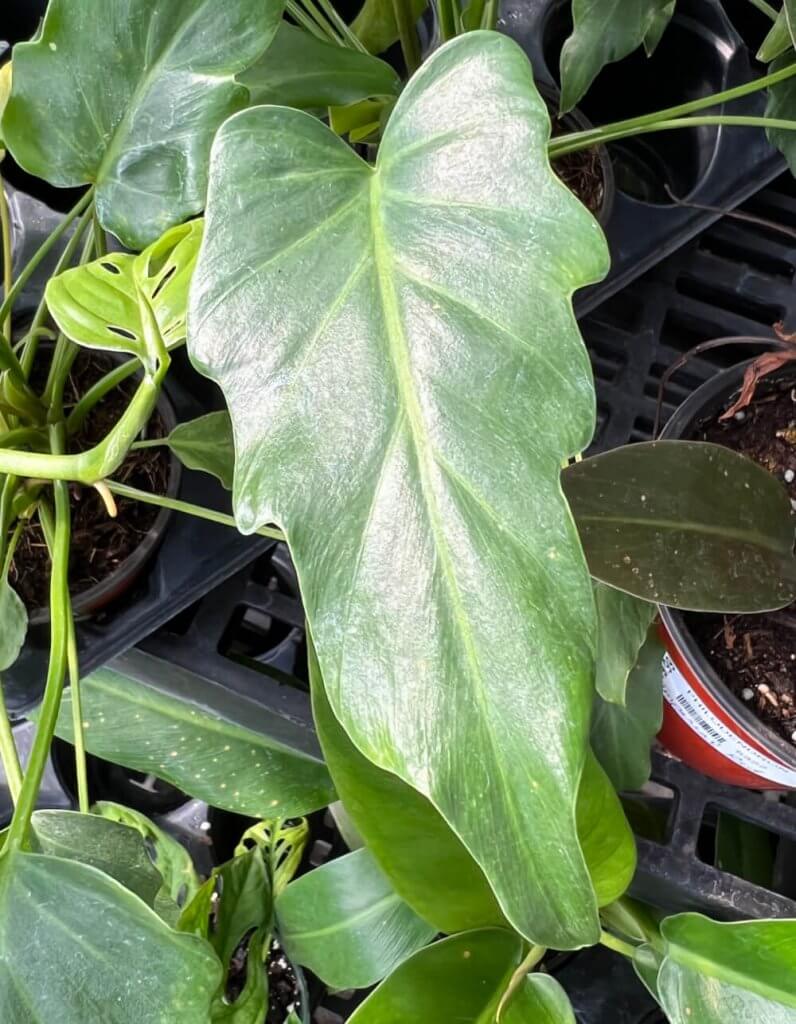
• Light: Bright indirect light
• Water: Allow the top inch of soil to dry out between watering. Be sure not to overwater.
• Considerations: Often confused with Pothos. The stems of Pothos plants are grooved, while those of Philodendrons are not
String of Hearts
A beautiful, trailing vine perfect for hanging baskets or cascading over windowsills. String of Heats is a fast-growing plant, and the sprawling vines can hang down several feet once mature. The heart-shaped foliage has a green and grey marbled pattern with thin stems in a distinctive purple shade. The blooms on this plant are small and tubular with a purple to pink hue.

• Light: Bright indirect light
• Water: Moderate water in well drained soil – succulent
• Considerations: Require more frequent watering than many other succulent species. Let the soil dry in between waterings and then provide a deep watering.
Hoya kerrii
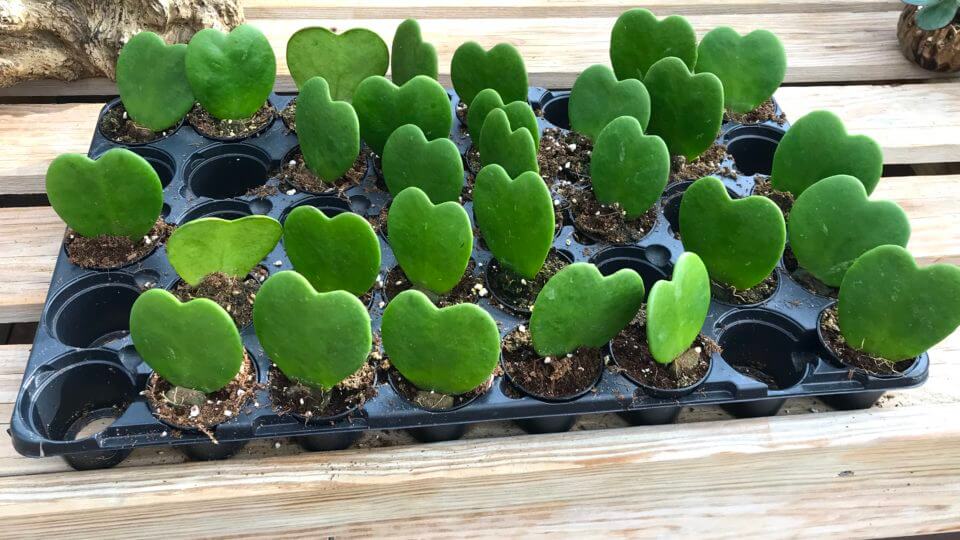
Pothos
This classic houseplant is used for everything from container gardening, to hanging baskets and even grown on trellises and totem poles due to its sturdiness and strength. Its vine-like climbing habit and ability to grow just about anywhere makes this elegant plant a statement in any yard or home. Their ease of care and beautiful heart-shaped leaves make Pothos a great plant for any homeowner.

A little trick to remember is that Pothos can be pinched back to look fuller and more bushlike. Pothos comes in various shades of green as well as variegations. Pothos plants are excellent for purifying the air and can remove most common indoor toxins such as Benzene, Formaldehyde, Trichloroethylene, Xylene and Toluene.
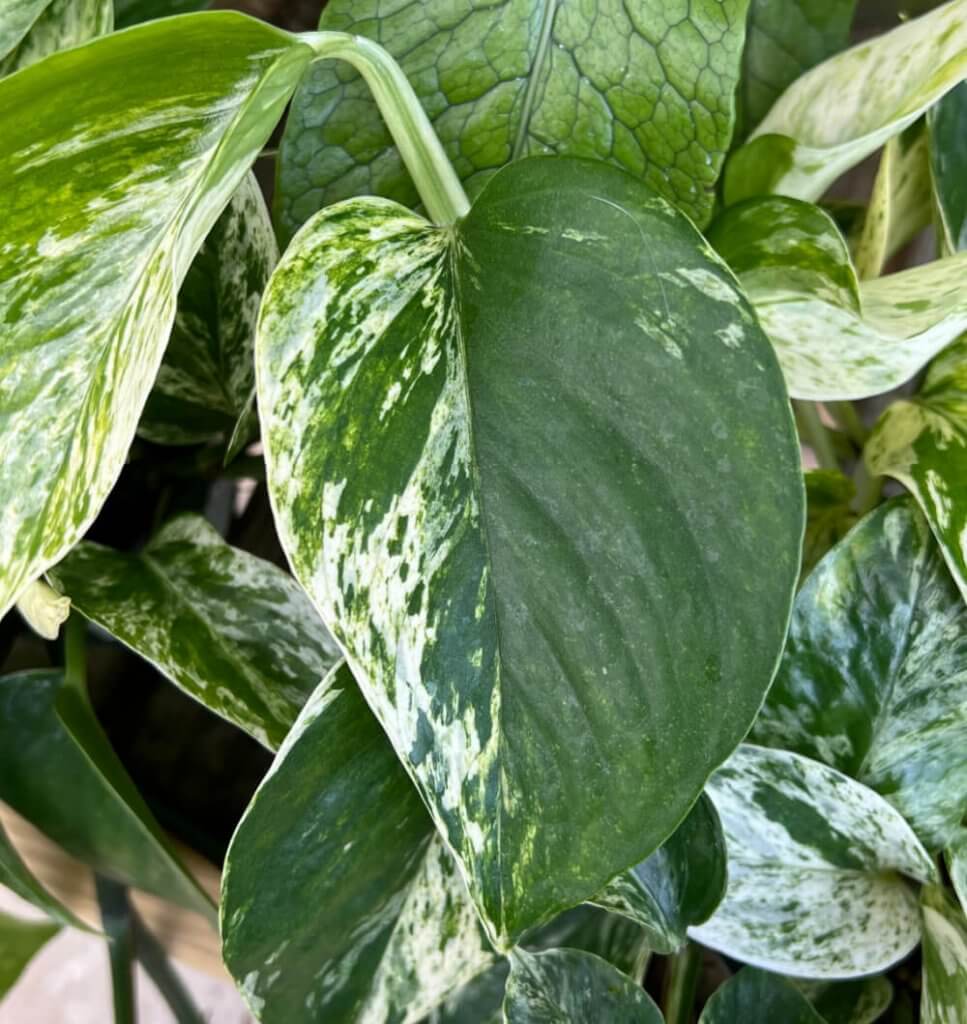
• Light:Low – medium light
• Water: Mist often
• Considerations: Pothos can take low light to high light and even some direct morning sun. They prefer to be kept moist, not soggy, but are forgiving if allowed to dry out between watering’s. For a nice, lush display of foliage from Pothos, fertilize at least once per month with a houseplant fertilizer.
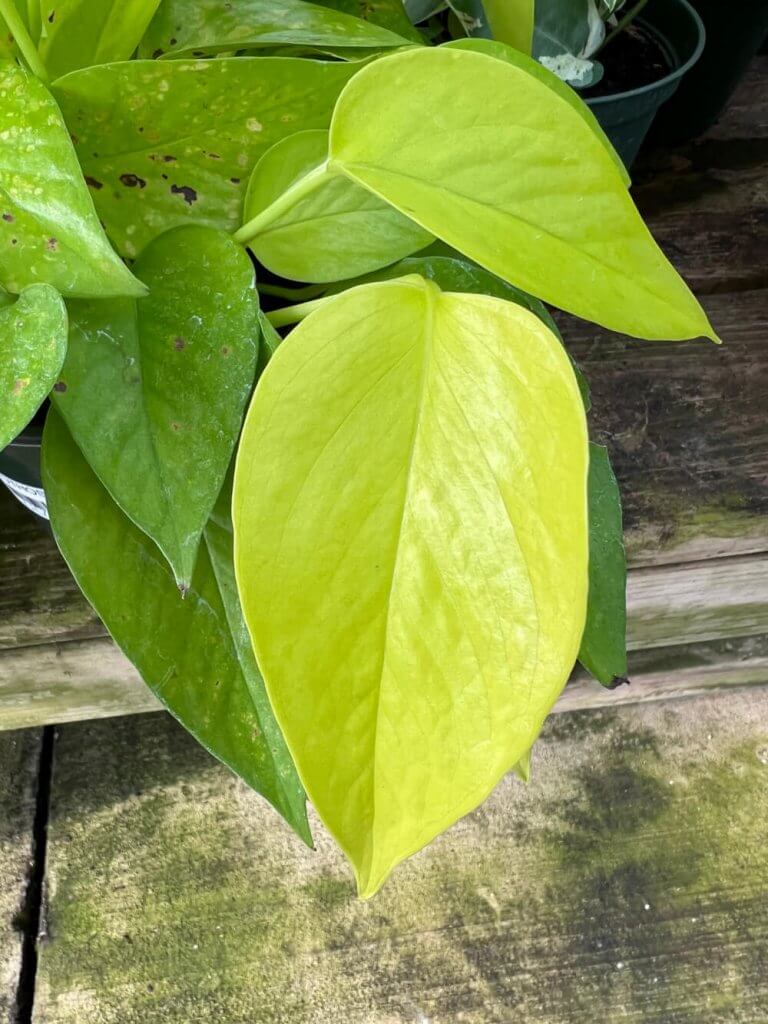
Arrowhead Plant
Arrowhead plants also referred to as Syngonium and Nepthytis, make for an easy care indoor plant. This plant comes with leaves that are almost white, green & white, and various shades of burgundy and pink. Regardless of the color, the leaf will always be shaped like an arrowhead.
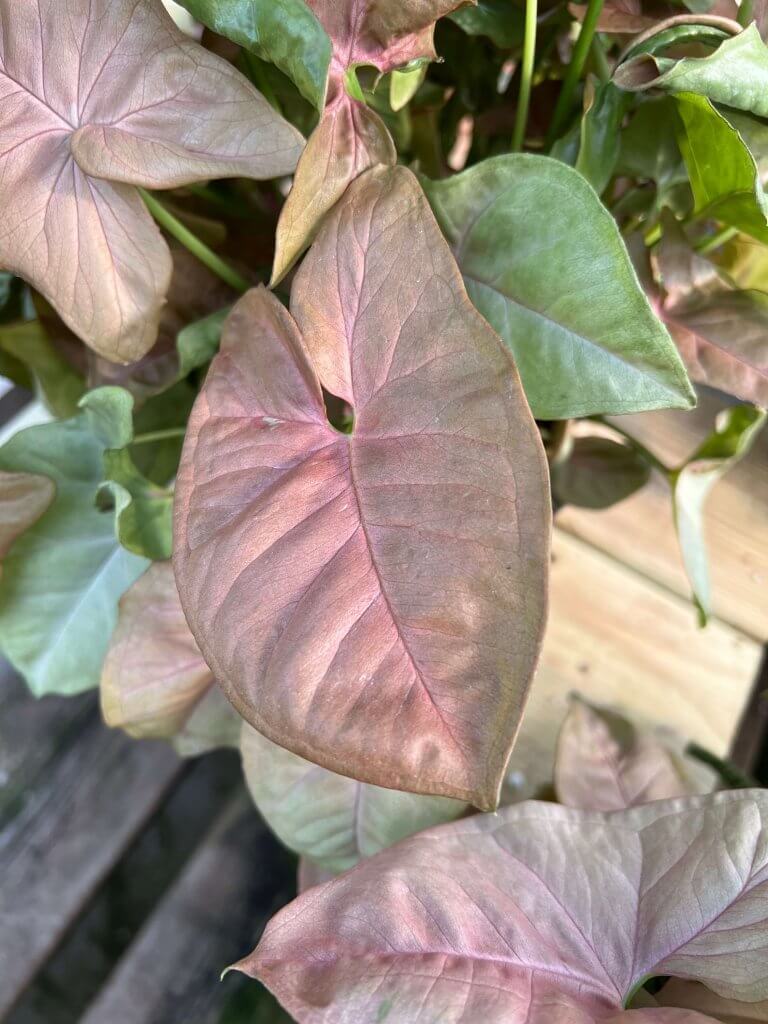
The arrowhead plant can be grown alone or in a mixed plant container. As the plant matures it will begin to vine which also makes this an ideal plant for a hanging basket. And, the plant can be trained on to grow on a trellis.
An easy to grow houseplant with attractive arrow-shaped foliage makes a great addition where greenery is needed. Young plants are usually small and full, making them attractive accents in any small space. As arrowhead plants mature, they develop a climbing habit and can be trellised. If a small, tight growth habit is preferred, the plants respond well to regular pruning.
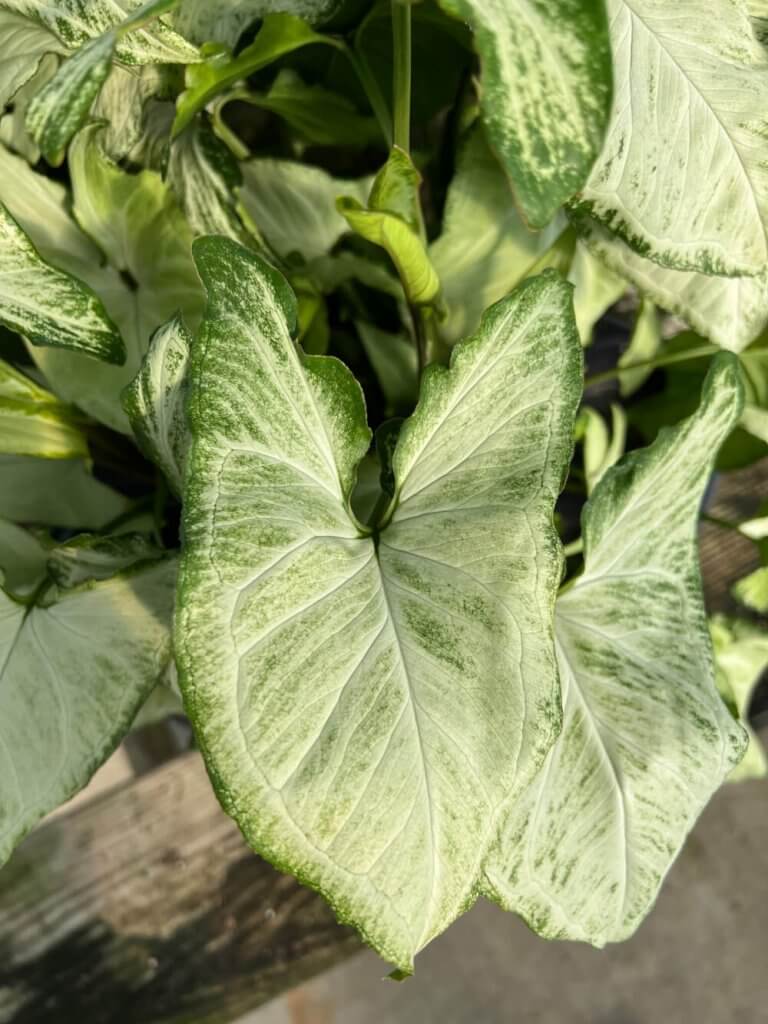
- Arrowhead plants like a rich , well-drained potting soil.
- Keep the soil evenly moist throughout the active growing season during the spring and summer. Reduce watering in the winter, but don’t let it dry out.
- Spray and mist frequently to maintain high humidity.
- Prefers temperatures between 60 to 75 F.
- An arrowhead plant with dark green foliage can tolerate low to medium indirect light. For varieties with a light green, white, pink, or burgundy foliage will prefer medium to high indirect light. Direct sunlight will bleach out the colors.
- Fertilize the plant in the spring and summer during its active growing season.
Alocasia

Alocasia (sometimes called Elephant Ears) make a great indoor plant. Members of the Colocasia genus are generally considered cold hardy while the Alocasia genus is considered annual (outdoors). There are a wide range of sizes and colors to consider with Alocasia. Solid green leaves are standard, but many variations are available.
Anthurium
Anthuriums are native to the tropical rainforests throughout Central and South America. It is an evergreen upright plant that is multi-stemmed with varying shades of red, heart-shaped flowers with deep green leaves. The common houseplant Anthuriums are grown for their brightly colored & long-lasting, pink to reddish flower spathes and their ornamental leaves. They have long-lasting flowers which often last up to 6 weeks. Common names include Anthurium, Flamingo Flower, Flamingo Lily, and Tailflower.
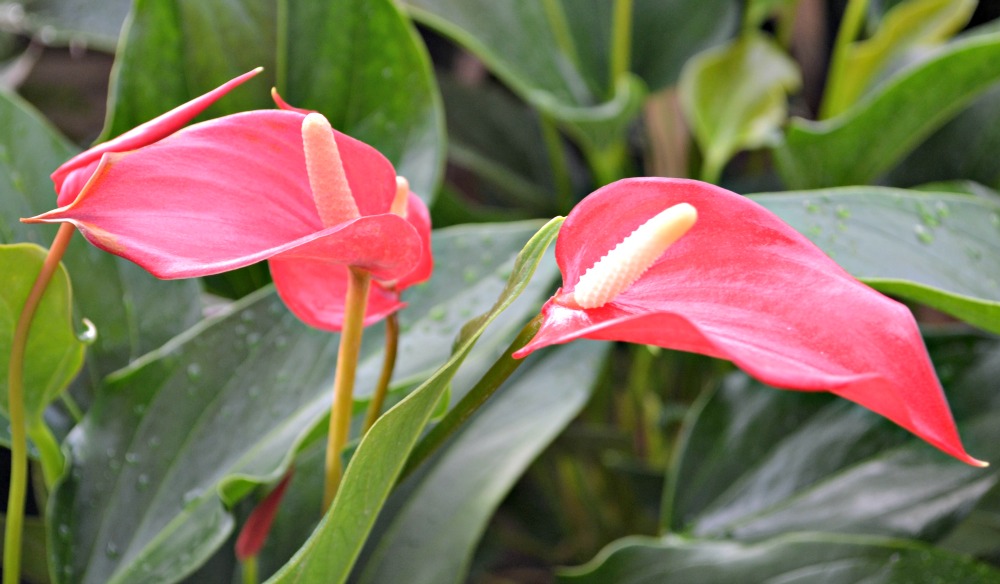
- Anthuriums do best with a bright, indirect light but not direct sunlight.
- Water thoroughly, but allow the plant to dry slightly between waterings.
- Do not over-water as it may cause root damage and yellowing of the leaves.
- A well-drained soil is important to prevent the rotting of stems and roots.
- Fertilize the anthurium plant about every other month.
- Avoid temperature fluctuations. Keep temperatures at or above 60 F. If temperatures dip below this level, the plant will likely suffer.
And skip the jewelry with…
Sting of Pearls
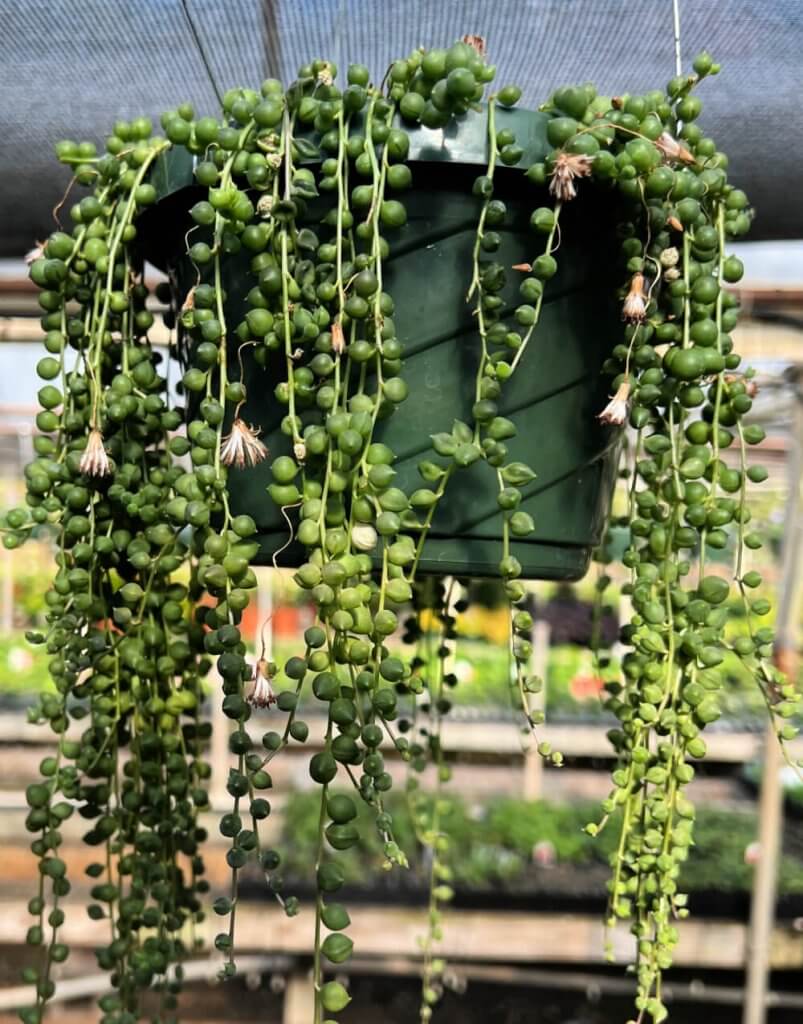
Ruby Necklace
